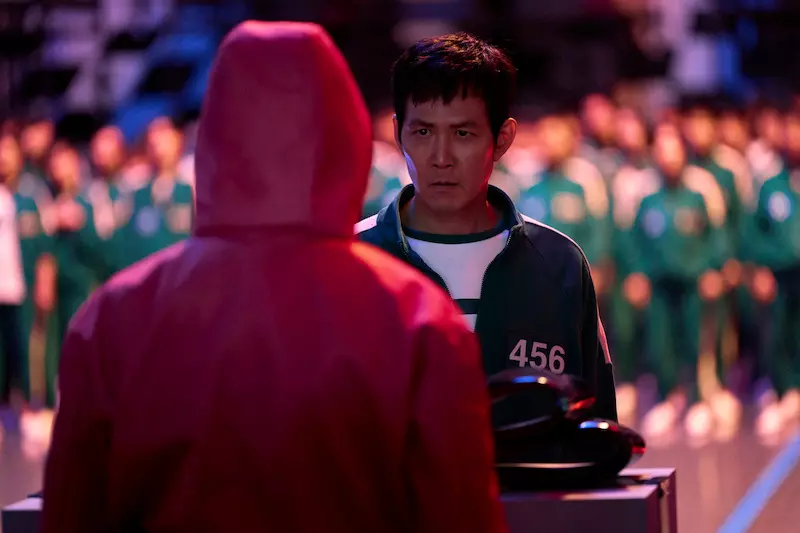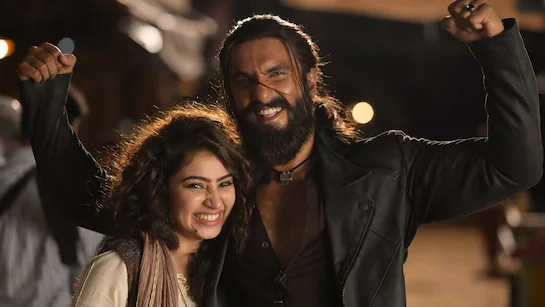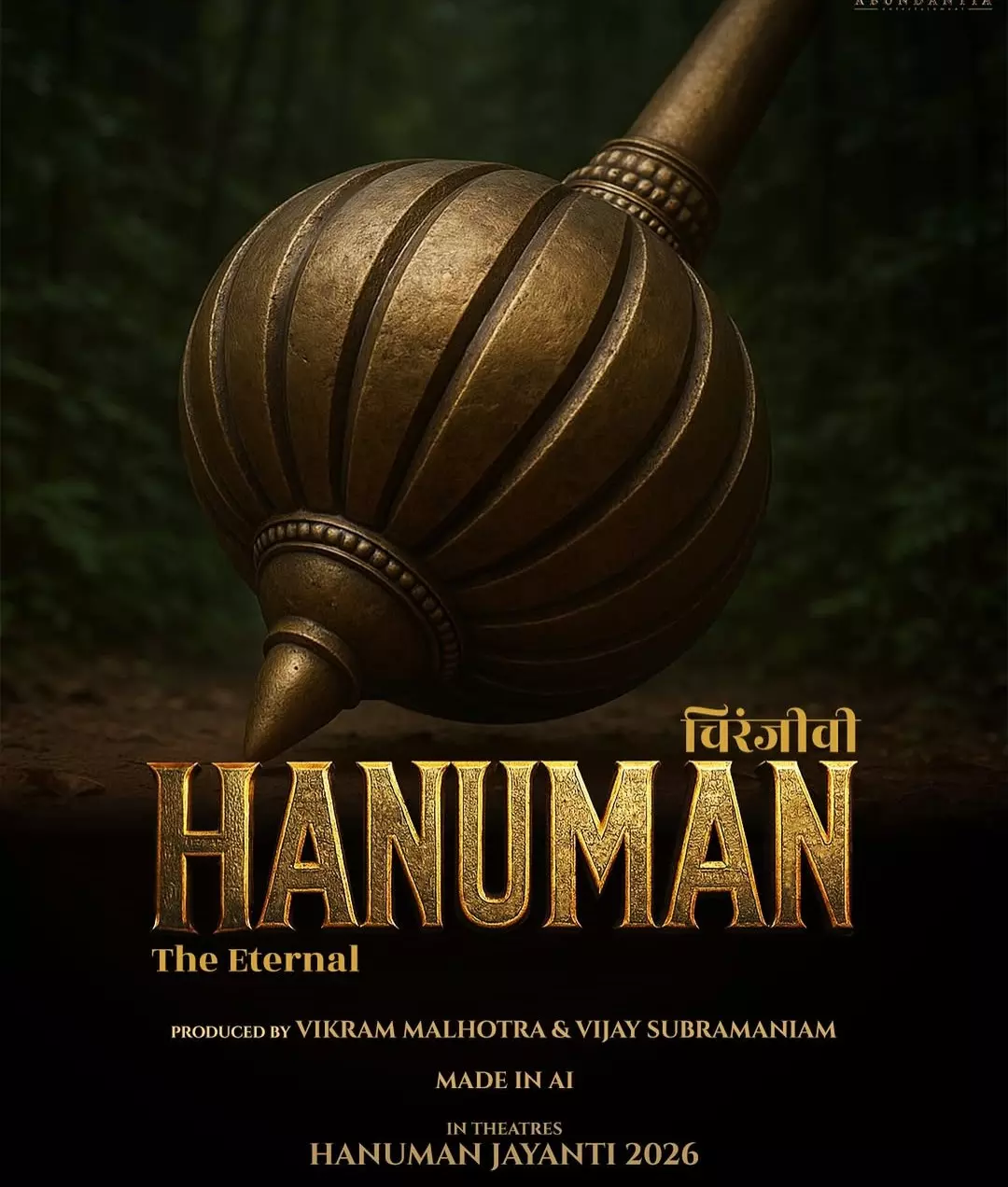Table of Content
Durga Puja, the grand Hindu festival that celebrates the triumph of good over evil, took place with full fervor and excitement in 2018. Marked by worship, art, dance, and cultural celebration, Durga Puja brings families and communities together to honor the goddess Durga as she conquers the demon Mahishasura. As one of India’s most celebrated festivals, particularly in states like West Bengal, Odisha, Assam, and parts of Bihar, Durga Puja is more than just a religious event—it's an experience of joy, unity, and devotion.
Significance of Durga Puja
The story of Durga Puja stems from Hindu mythology, where Goddess Durga was created by the gods to defeat the powerful demon Mahishasura. Armed with divine weapons, Durga embodied supreme strength and fought a fierce battle, ultimately slaying the demon and restoring peace. This victory signifies the power of good triumphing over evil, and every year, devotees celebrate Durga’s arrival on Earth as a symbol of strength, resilience, and protection.

Rituals and Celebrations of Durga Puja 2018
Durga Puja 2018 began with Mahalaya, a day that marks the goddess’s descent from her heavenly abode to Earth. In 2018, Mahalaya was celebrated on October 9, setting the stage for the five-day festival that followed from October 15 to October 19. Each day of Durga Puja has a unique significance and is celebrated with elaborate rituals and traditions:
- Shashthi (Sixth Day): This day marks the invocation of the goddess, where devotees offer prayers and welcome Durga to Earth.
- Saptami (Seventh Day): Saptami signifies the beginning of the battle between Durga and Mahishasura. Devotees worship the goddess with holy rituals and start the formal celebration.
- Ashtami (Eighth Day): Considered the most significant day, Ashtami is marked by “Kumari Puja,” where young girls are honored as representations of the goddess. Sandhi Puja, a key ritual symbolizing Durga’s victory, is also held.
- Navami (Ninth Day): Navami marks the final day of Durga’s battle with Mahishasura. Prayers, dances, and cultural programs add to the day’s celebrations.
- Vijayadashami (Tenth Day): Also known as Dussehra, Vijayadashami marks the conclusion of the festival. It’s an emotional day as devotees immerse Durga’s idol in rivers, bidding her farewell as she returns to her heavenly abode.
Durga Puja Pandals: The Art and Creativity of 2018
One of the biggest attractions of Durga Puja is the pandal—elaborate structures set up to house the goddess’s idol. These pandals are temporary yet intricate, showcasing local craftsmanship and artistic themes. Durga Puja pandals in 2018 continued the trend of thematic installations, with some drawing inspiration from famous temples, historical monuments, or even social issues such as environmental awareness and education. Kolkata, known for its spectacular pandals, saw themes ranging from vintage India to futuristic designs, capturing the essence of both tradition and modernity.
Cultural Celebrations and Performances
Durga Puja is not just a religious celebration; it’s also a cultural festival. In 2018, cities like Kolkata, Mumbai, and Delhi saw dance performances, music concerts, and drama skits, adding energy to the festival. Traditional Bengali folk dances, along with plays depicting Durga’s victory over Mahishasura, brought communities together. Musicians performed devotional songs, and theatrical performances depicted various aspects of Hindu mythology.
Food is another key part of Durga Puja. The streets surrounding pandals are lined with stalls selling everything from traditional Bengali sweets like rasgullas and sandesh to popular street foods such as rolls, phuchka (pani puri), and biryani. Food has always been an essential part of the Durga Puja experience, adding to the festival’s vibrancy.
Eco-Friendly Practices in Durga Puja 2018
With growing concerns about the environment, Durga Puja 2018 witnessed a strong push toward eco-friendly practices. Some communities chose idols made from biodegradable materials and natural paints, reducing water pollution during the immersion ceremony. Many organizers also encouraged waste recycling and minimized the use of single-use plastics. These efforts helped promote sustainability while preserving the festival's grandeur.
Durga Puja Beyond India: A Global Celebration
The spirit of Durga Puja is not confined to India; Indian communities across the globe celebrate it with the same enthusiasm. In 2018, Durga Puja was celebrated in countries like the United States, United Kingdom, Canada, Singapore, and Australia, where Indian expatriates came together to recreate the experience. With pandals set up abroad, international performances, and local food stalls, Durga Puja continues to unite Indian communities worldwide, bridging cultural gaps and keeping traditions alive.
Also Read: Nayanthara's wedding Mehendi has a connection to hubby Vignesh Shivan; Find out inside
.webp)





_1735214375.webp)






